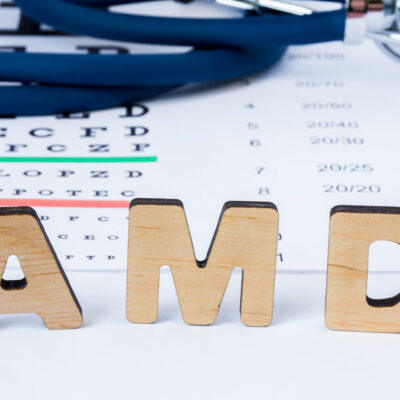Acute seizures and seizure cluster – Definition, differences, and management

Seizures are a type of episodic neurological condition usually triggered when there is abnormal electrical activity in the brain. The condition’s cause, intensity, and form differ from case to case. Acute seizures and seizure clusters affect millions of people, but with advancements in healthcare, there are numerous ways to manage them. However, it is tricky to manage, especially since the condition involves sudden onsets and requires due diligence on the part of the patient.
Definition of and difference between acute seizures and seizure cluster
Both these conditions stem from abnormal electrical signals between the brain that affect one’s muscular or bodily control, alter consciousness, cause muscular contractions, and disturbances in the senses. It can also lead to hallucinations or other cognitive impairments.
Acute seizures are usually intense in nature, and their symptoms affect the person’s quality of life in a major way. Mostly, an individual seizure can be brief and spontaneous, lasting from a few seconds to a few minutes. They can either occur as isolated events and may not necessarily have a pattern. Epilepsy, brain injury, infections, metabolic imbalances are all potential causes of acute seizures.
People who already suffer from refractory epilepsy tend to typically develop seizure clusters. These are likely to get triggered more often in a short span of time, like two to three times within a single day. This is also what defines refractory epilepsy, wherein one may experience at least one seizure every month for about 18 months. There are several other terms for seizure clusters, like seizure flurries, recurrent seizures, acute repetitive seizures, cyclical seizures, or serial seizures. Science does not yet know what exactly causes these flares.
While these two have similar symptoms and are marked by the same neurological malfunction, they may vary in duration and frequency.
Triggers
Seizures are usually triggered by one’s lifestyle, like lack of proper sleep, high stress levels, hormonal changes, and extreme fatigue. Acute seizures and seizure clusters require immediate attention from a doctor otherwise they may become life-threatening.
Prevalence
Science has yet to estimate the prevalence of seizure clusters accurately, but patients with epilepsy who were diagnosed with seizure clusters experienced two to four seizures every 48 hours and three seizures every 24 hours.
Consequences
Usually, acute seizures and seizure clusters both affect one’s quality of life in numerous ways, from physical and emotional to mental and social well-being.
When it comes to the physical impact, some immediate symptoms during a seizure include loss of consciousness, injury from falls, muscle injuries due to convulsions, and impairment of vital functions such as breathing and circulation. In the long run, these recurrent seizures can cause cognitive decline and social isolation. In turn, the patient may experience a lowered sense of self-worth and overall quality of life.
Management of acute seizures and seizure clusters
Some common seizure control strategies that doctors recommend include the following:
Nasal spray
This is one of the remedies for seizure control. A nasal spray is meant to quickly help when someone’s experiencing seizure clusters or repeated acute seizures. It’s usually only recommended for people over 12 years of age, and it is a short-term treatment that provides fast relief.
Lifestyle modification
Apart from quick remedies, one has to follow a proper lifestyle to experience long-term benefits and relief from seizures. Some common lifestyle changes can include the following:
Adopting a healthy lifestyle and performing regular exercise recommended by one’s healthcare professional. This can include brisk walking, yoga, swimming, muscle training, or any other sport.
Having balanced nutrition, whole foods, fresh vegetables and fruits, and eating on time. Routine helps greatly when one is dealing with seizures, as it provides predictability and stability and minimizes potential triggers.
Managing stress by using various techniques like medication, breath watching, using humidifiers, relaxing with a warm bath with epsom salt, listening to relaxing music, taking part in therapy sessions or support groups to learn and understand coping mechanisms, and more. Following a routine with eating and sleeping habits can also ease stress and anxiety.
Getting adequate and quality sleep, which often involves having a bedtime routine suitable to the body’s needs and having the same sleep and wake cycle timings.
Three-step approach to management
Since the condition is highly unpredictable, usually there are three steps involved in its management:
Developing an action plan with the healthcare professional that should be immediately implemented in case one experiences a seizure.
Keeping all the necessary medical supplies handy and having quick access to them at all familiar locations of the patient.
Using these immediate action plans during an onset of seizure.
Intervention
In case one is experiencing a seizure episode, one should promptly intervene to help the person. It’s best to have basic first aid handy to avoid injuries. The accompanying person must try to lower the patient to the ground in a lying position in case of convulsion and cushion their head to avoid sudden impact. It’s best to call emergency services in case the seizure lasts longer than a few seconds.
















